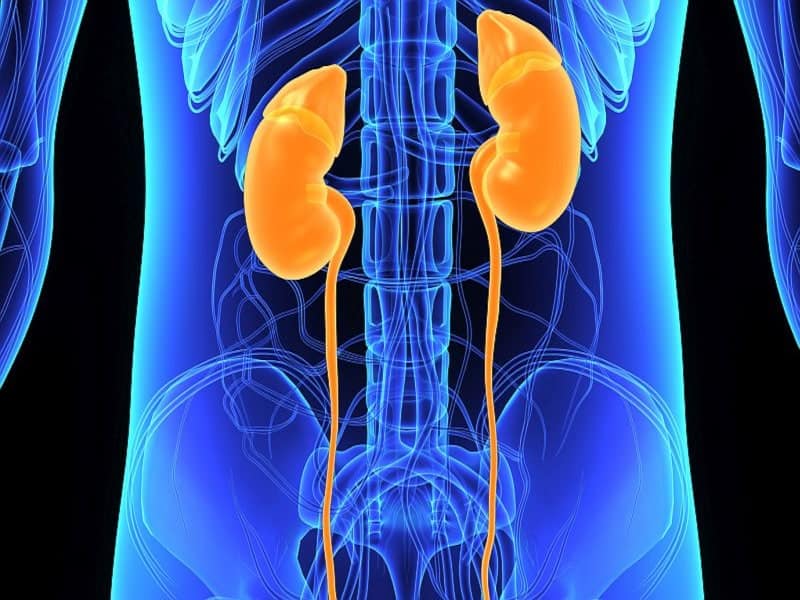MONDAY, June 10, 2019 (HealthDay News) — Among critically ill patients with acute kidney injury, use of higher net ultrafiltration (NUF) rates for continuous venovenous hemodiafiltration is associated with lower survival, according to a secondary analysis published online June 7 in JAMA Network Open.
Raghavan Murugan, M.D., from the University of Pittsburgh School of Medicine, and colleagues examined the correlation of NUF with survival among 1,434 critically ill patients with acute kidney injury who were being treated with continuous venovenous hemodiafiltration. Three groups of patients were defined according to NUF rate.
The researchers found that compared with the low-tertile group, the high-tertile group was not associated with death from days 0 to 6. However, death occurred in 14.7 versus 8.6 percent of patients in the high- versus low-tertile groups from days 7 to 12 (adjusted hazard ratio [aHR], 1.51; 95 percent confidence interval [CI], 1.13 to 2.02), in 15.3 versus 7.9 percent from days 13 to 26 (aHR, 1.52; 95 percent CI, 1.11 to 2.07), and in 19.2 versus 9.9 percent from days 27 to 90 (aHR, 1.66; 95 percent CI, 1.16 to 2.39). Each 0.5-mL/kg/h increase in NUF rate correlated with elevated mortality (aHRs [95 percent CIs], 1.05 [1.00 to 1.11], 1.08 [1.02 to 1.15], 1.11 [1.04 to 1.18], and 1.13 [1.05 to 1.22] for days 3 to 6, 7 to 12, 13 to 26, and 27 to 90, respectively). An increase in NUF rate correlated with lower survival in longitudinal analyses (β = 0.056).
“In a patient where I can’t find an immediate need to get fluid out quickly, I’ll be removing fluid at a slower rate until we get definitive results and guidance from a clinical trial,” Murugan said in a statement.
Several authors disclosed financial ties to the pharmaceutical industry.
Copyright © 2019 HealthDay. All rights reserved.



